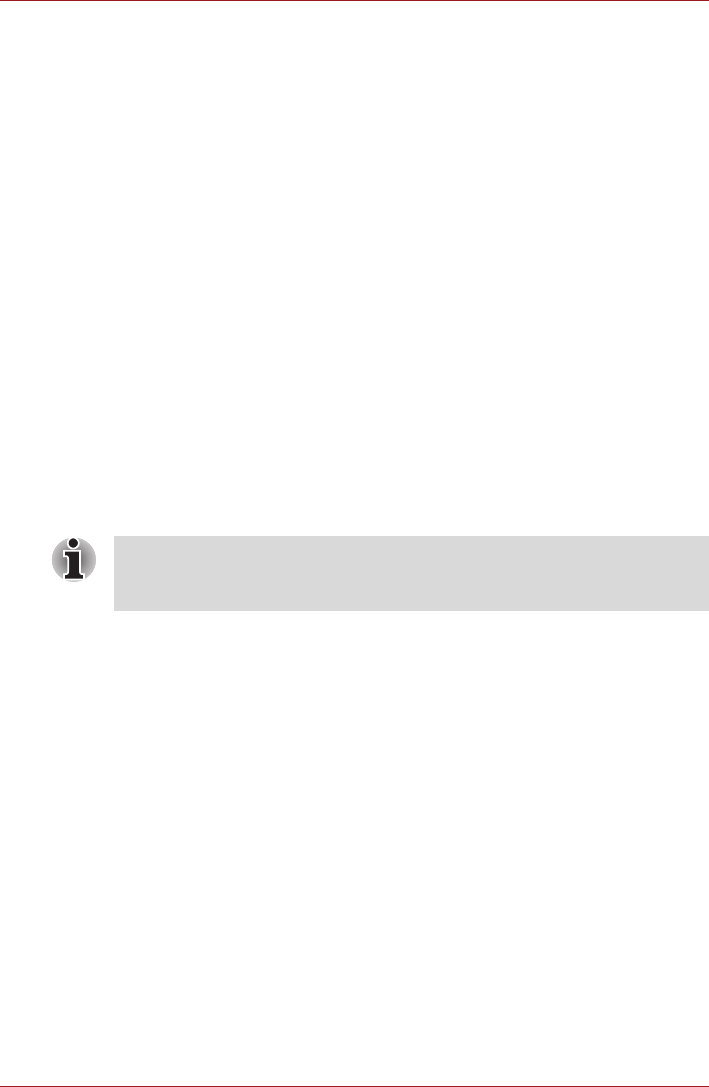
Optional Accessories
User’s Manual 62
Memory media
This section provides the important safety precautions in order to handle
your memory media.
Points to note about the microSD/SDHC memory card
microSD/SDHC memory cards comply with SDMI (Secure Digital Music
Initiative), which is a technology adopted to prevent unlawful copy or
playback of digital music. For this reason, you cannot copy or playback
protected material on another device or other device, and you may not
reproduce any copyrighted material except for your personal enjoyment.
The supported maximum capacity of microSD memory card is 32GB.
Memory media format
New media cards are formatted according to specific standards. If you wish
to reformat a media card, be sure to do so with a device that uses media
cards.
Formatting a mircoSD/SDHC memory card
microSD/SDHC memory cards are sold already formatted in conformity to
specific standards. If you reformat a microSD/SDHC memory card, be sure
to reformat it with a device such as digital camera or digital audio player
that uses the microSD/SDHC memory cards, not with the format command
provided within Windows.
Media care
Observe the following precautions when handling the card.
Card care
■ Do not twist or bend cards.
■ Do not expose cards to liquids or store in humid areas or lay media
close to containers of liquid.
■ Do not touch the metal part of a card or expose it to liquids or let it get
dirty.
■ After using card, return it to its case.
■ The card is designed so that it can be inserted only one way. Do not try
to force the card into the slot.
■ Do not leave a card partially inserted in the slot. Press the card until you
hear it click into place.
Should you need to format all areas of the memory card, including the
protected area, you will need to obtain an appropriate application that
applies the copy protection system.


















